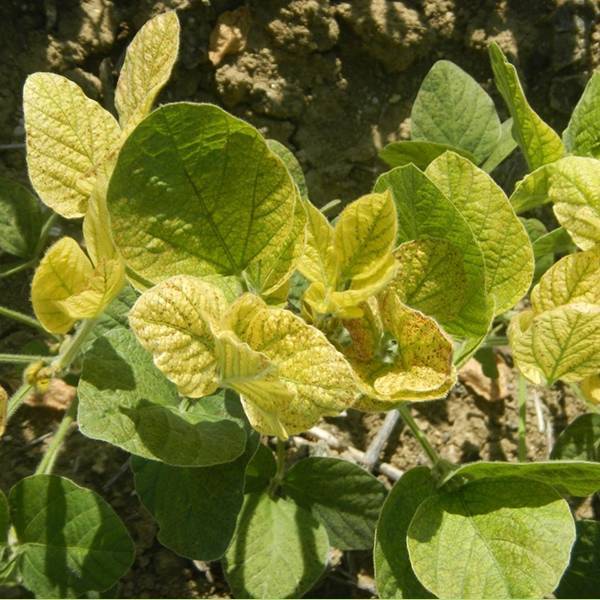problems Guide

The primary symptom of iron deficiency is interveinal chlorosis, the development of a yellow leaf with a network of dark green veins
In severe cases, the entire leaf turns yellow or white and the outer edges may scorch and turn brown as the plant cells die
Other signs can include poor growth and leaf loss, but these symptoms will always be coupled with the leaf chlorosi
To use, apply 3 to 4 inches of compost on the soil and work it up to 6 to 12 inches deep.
It usually takes months to see the positive effects of elemental sulfur but it is worth it.
As such, it provides the longest-lasting cure for the problem, lowering the pH and making iron more readily available to the plants.
Iron deficiency can be caused because of imbalances in soil pH, there being too much clay soil, the soil being too wet, or there being too much phosphorous present.
If your soil is compacted or too wet, the roots do not have enough air to properly take up enough iron for the plant
If clay soil is causing iron chlorosis, correcting an iron deficiency in plants means working in organic material like peat moss and compost into the soil.
Too much phosphorus can block the uptake of iron by the plant and cause leaf chlorosis.
Typically, this condition is caused by using a fertilizer that is too high in phosphorus.
Use a fertilizer that is lower in phosphorus (the middle number) to help bring the soil back in balance.
Have your soil tested at your local extension service.
If the soil pH is over 7, the soil pH is restricting the ability of the plant to get iron from the soil.
Learn about soil pH and discover ways you can alter your soil pH, be careful as imbalances can lead to serious damage to the soil.
Consult an expert.